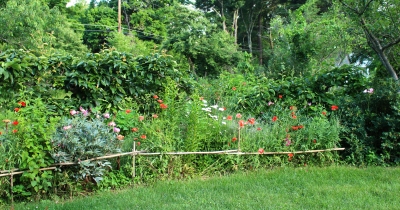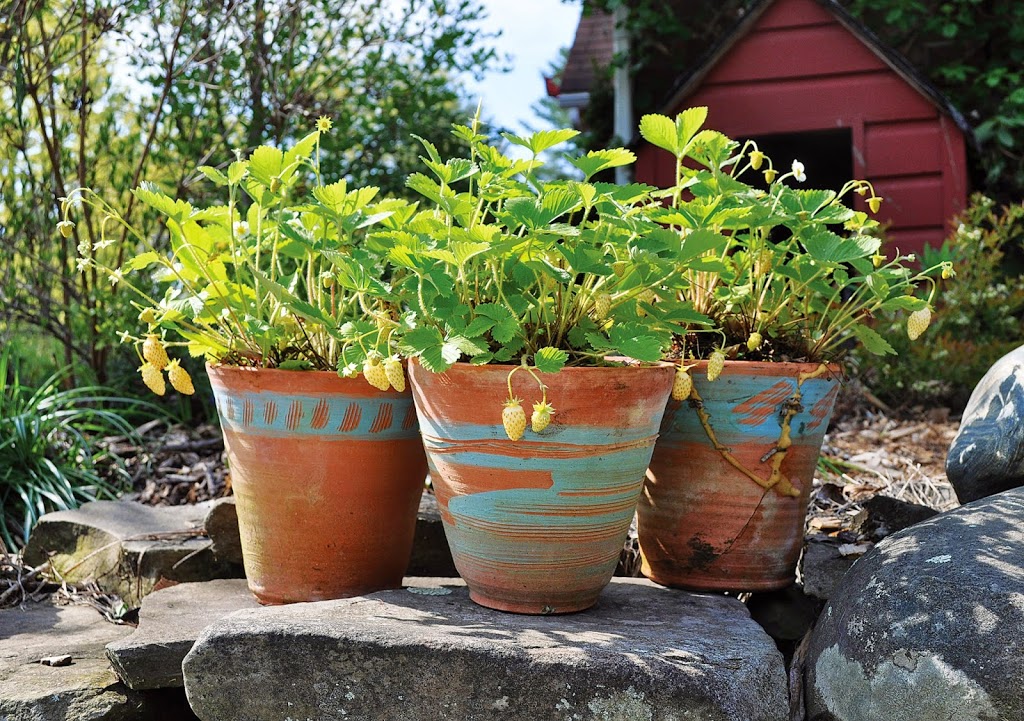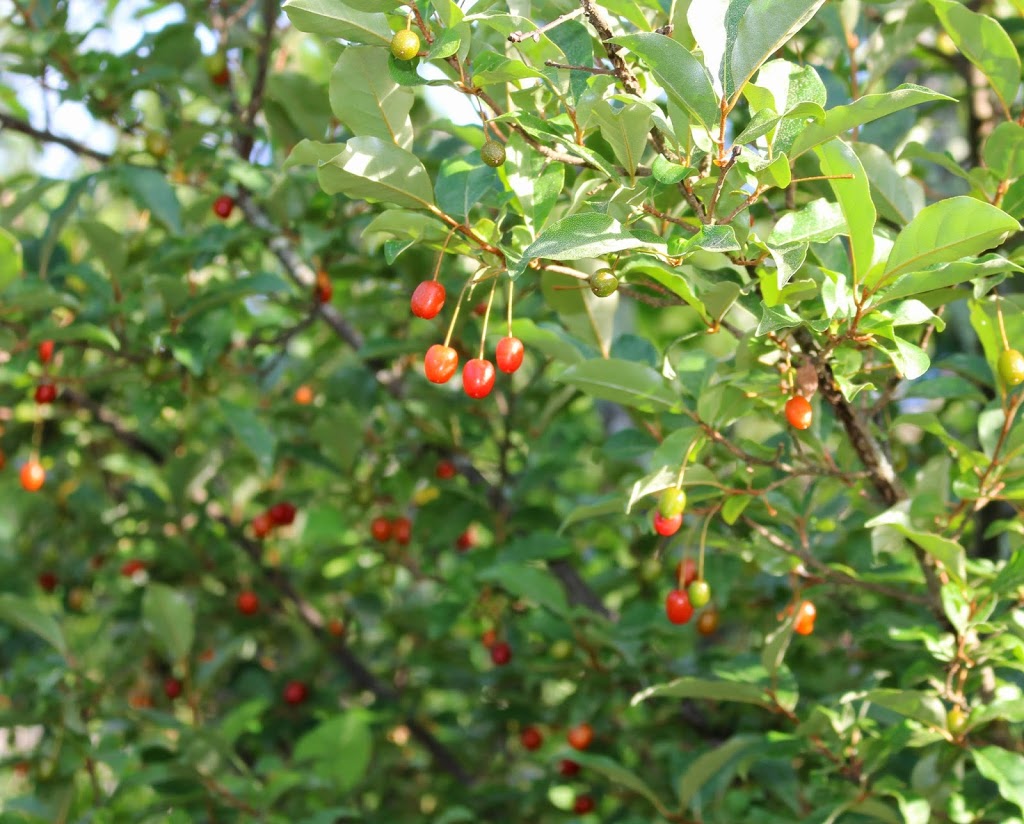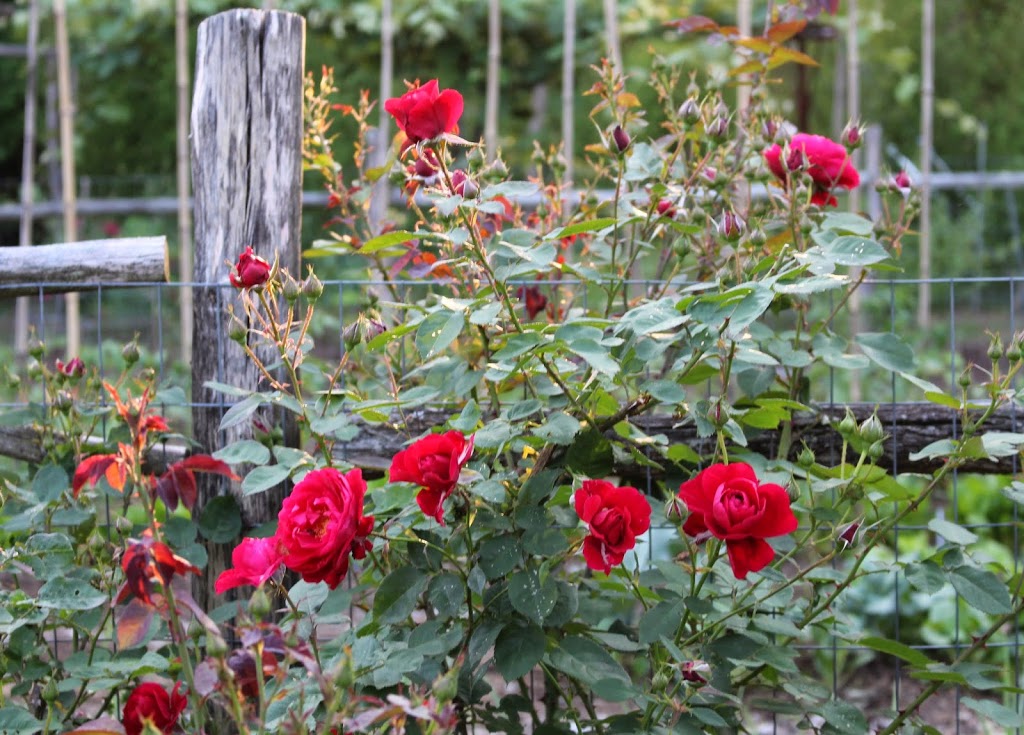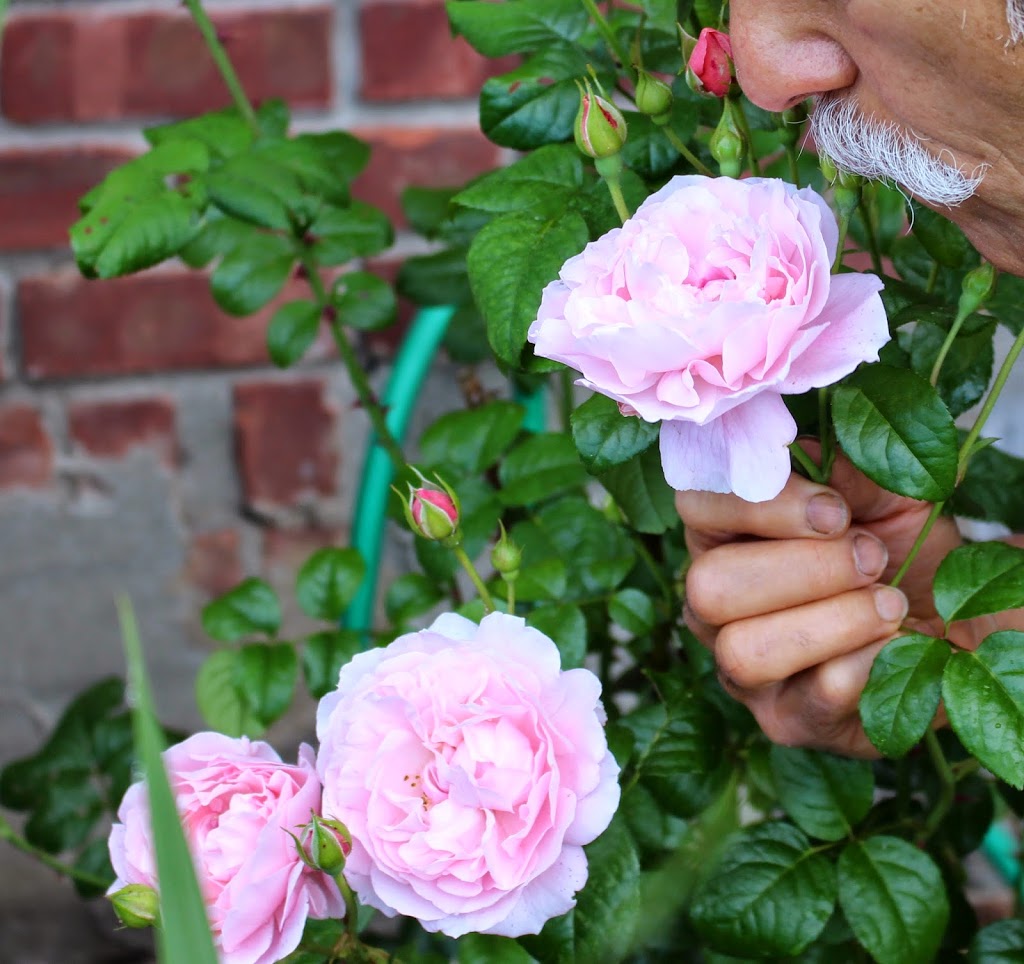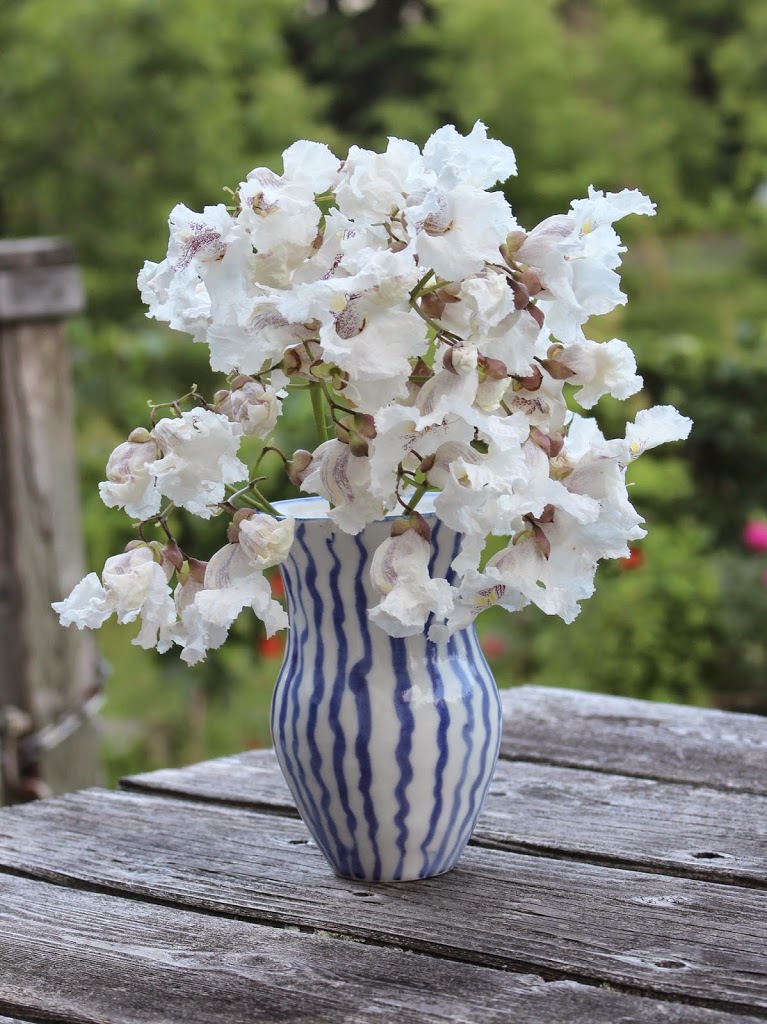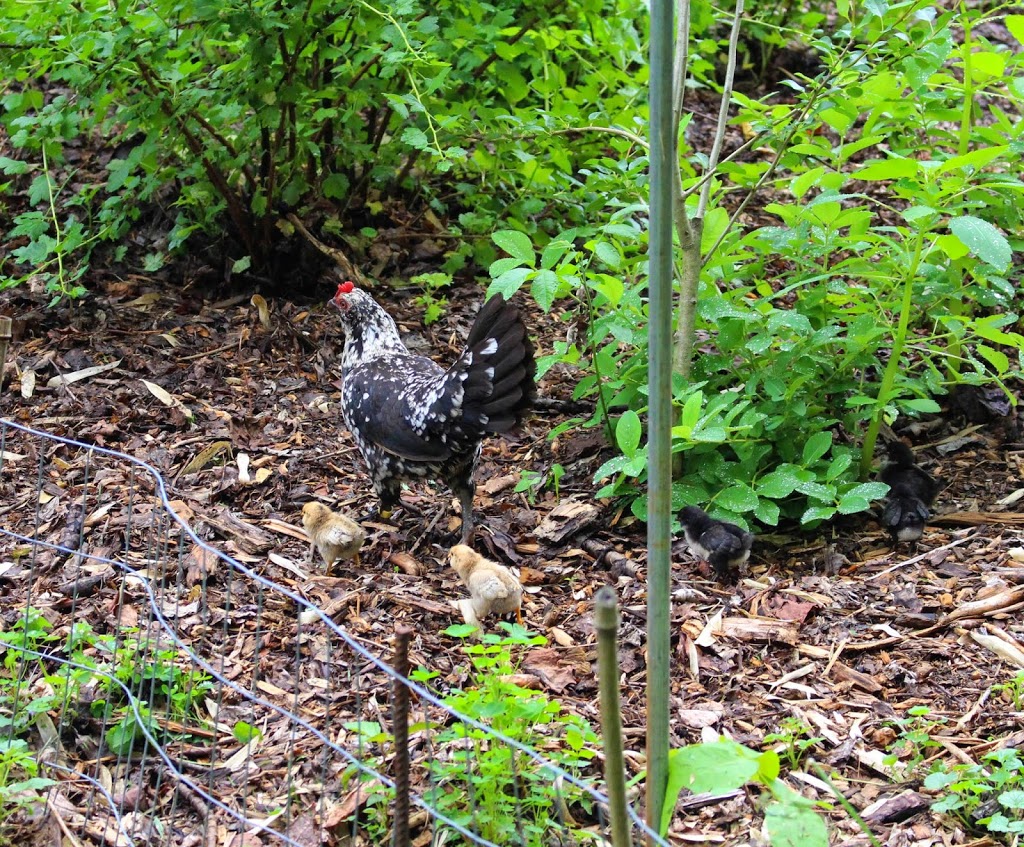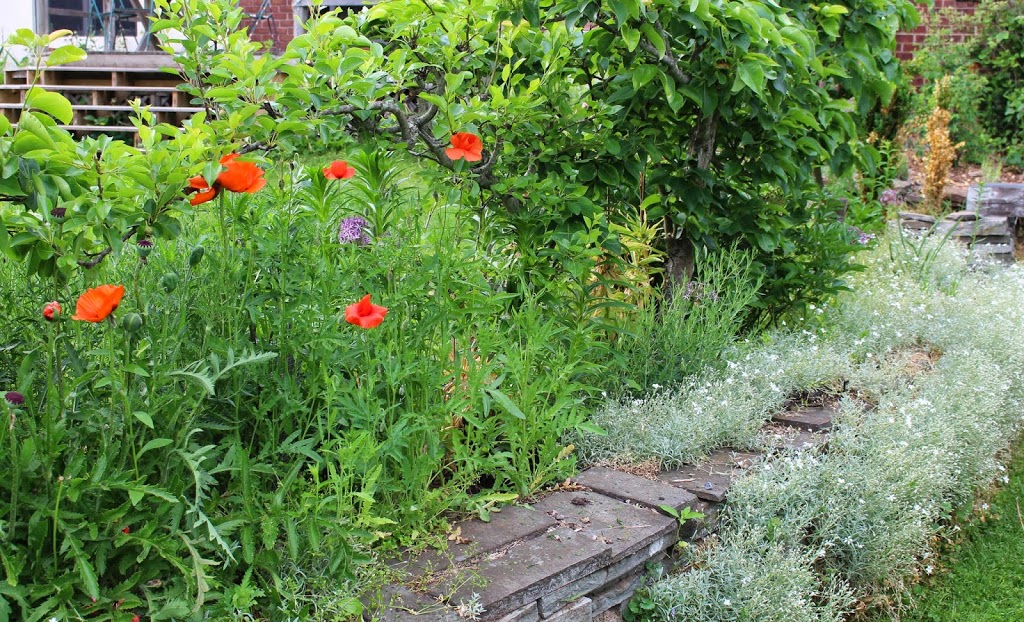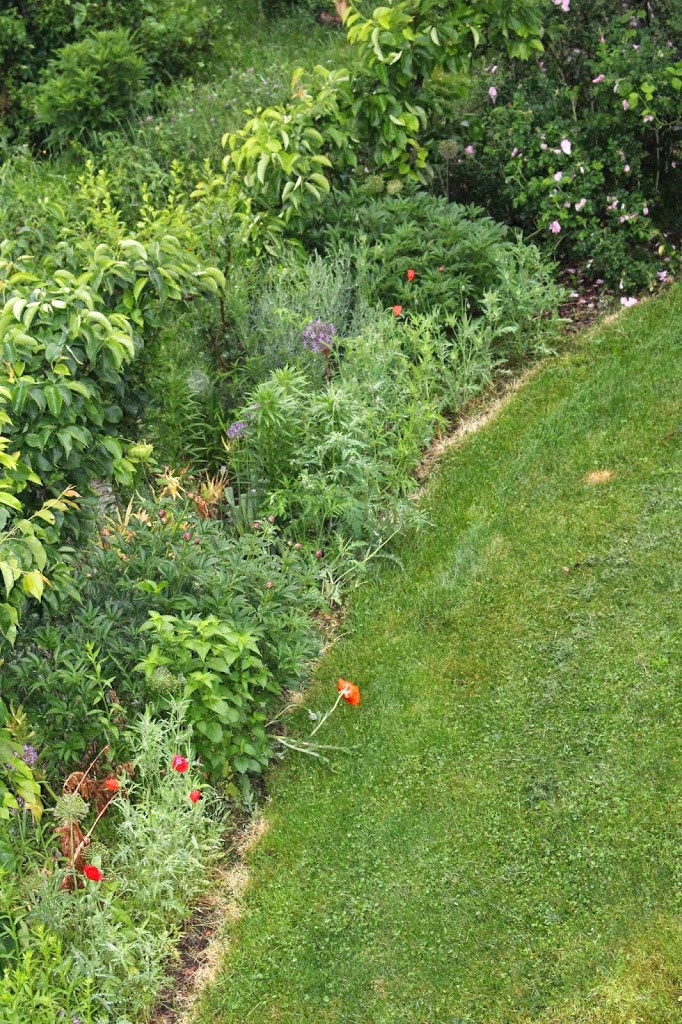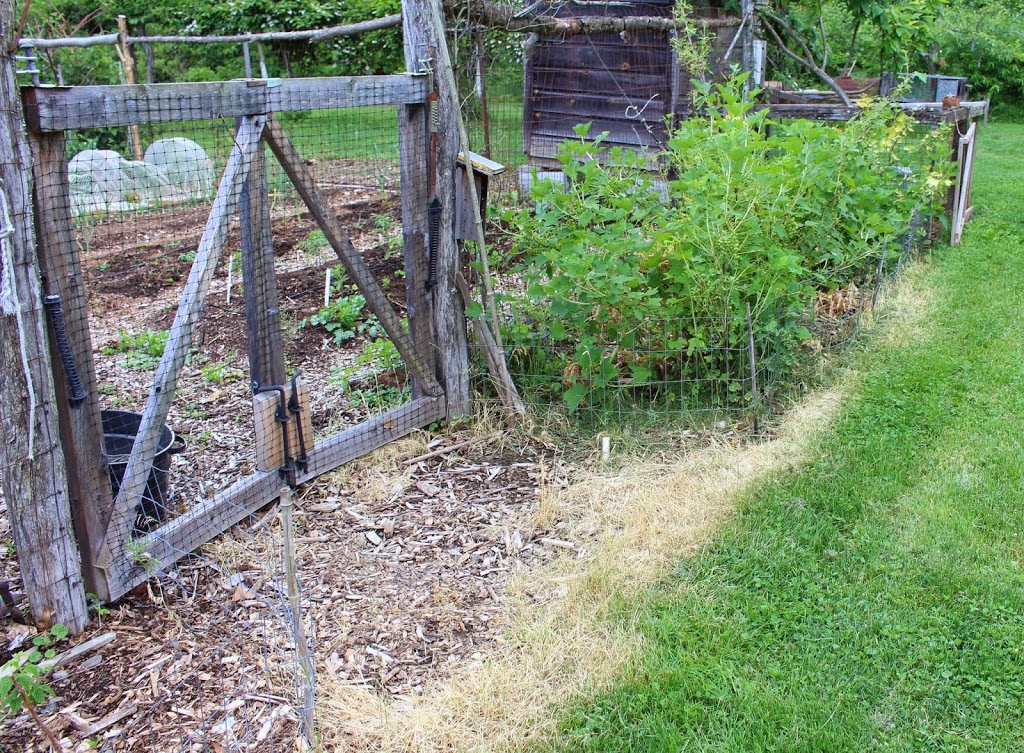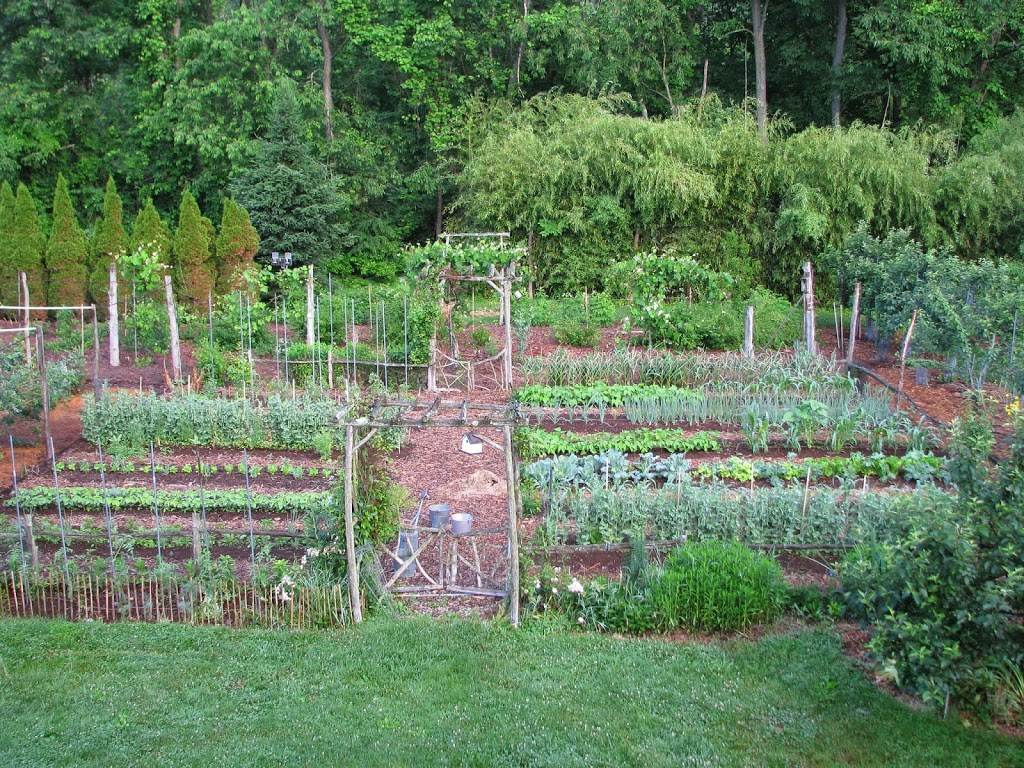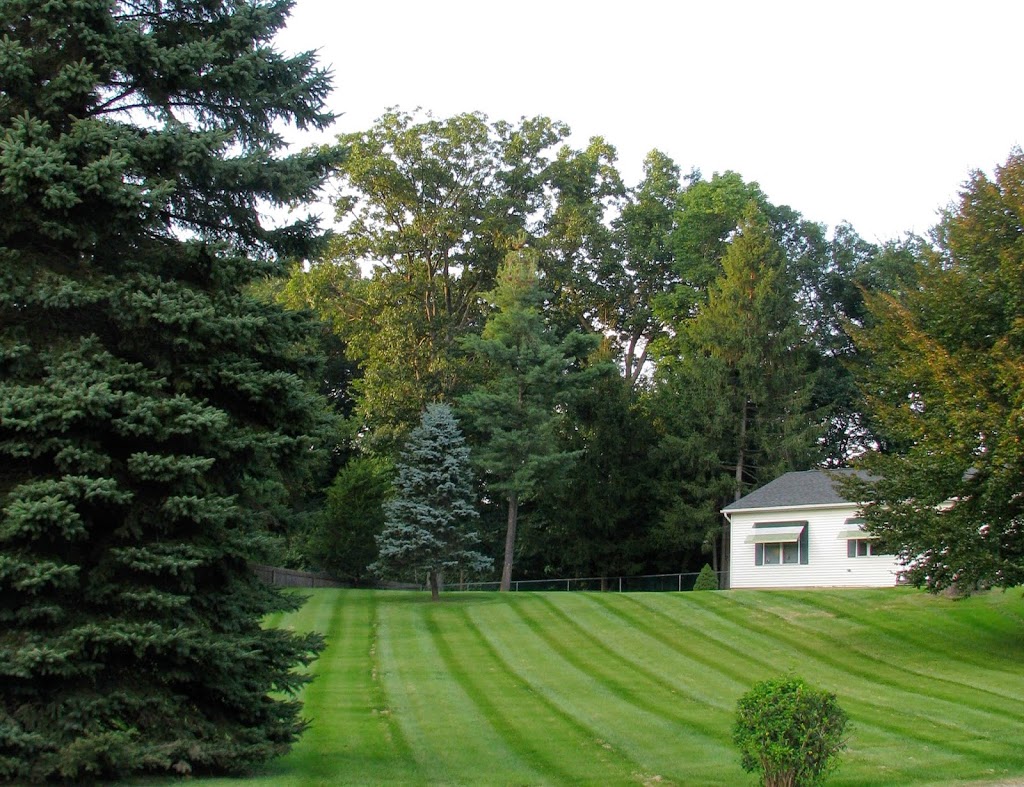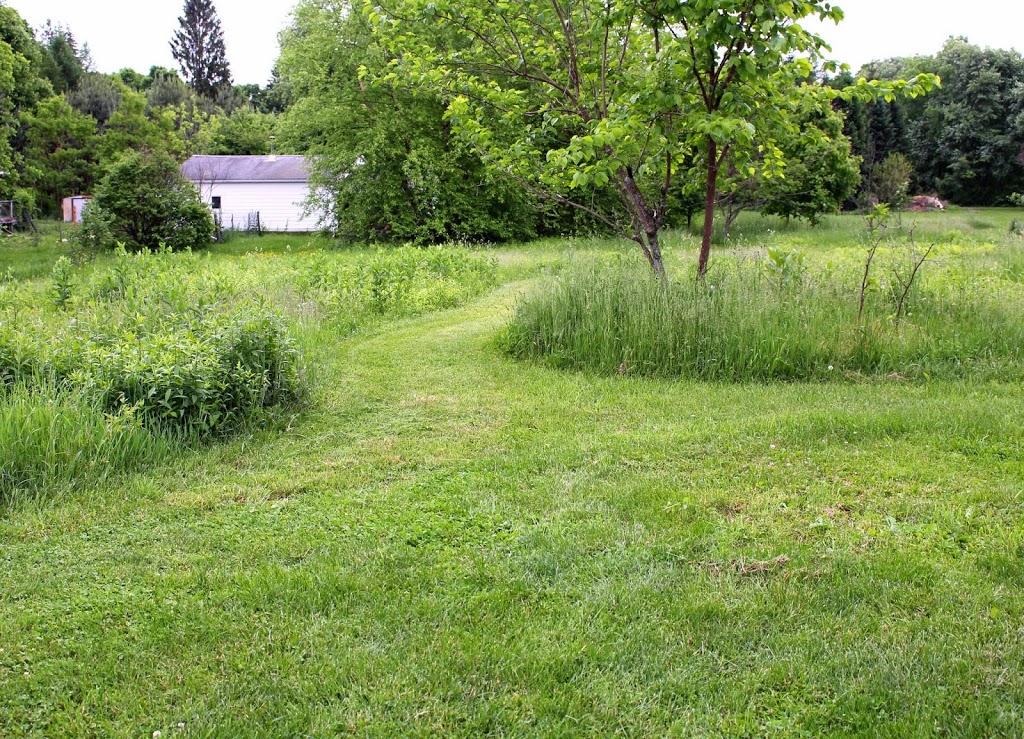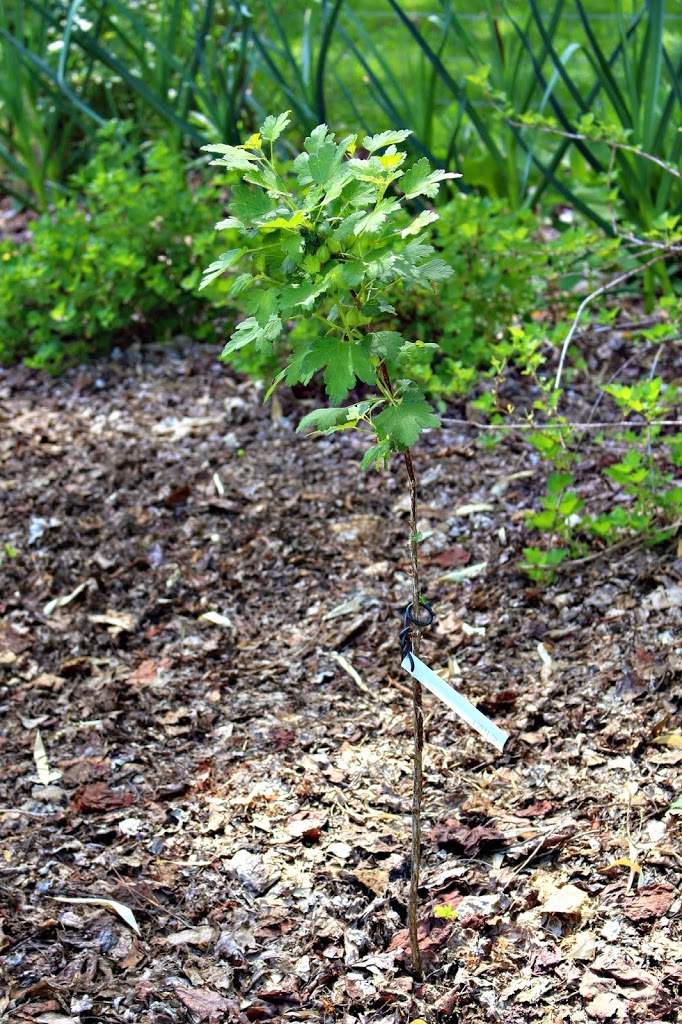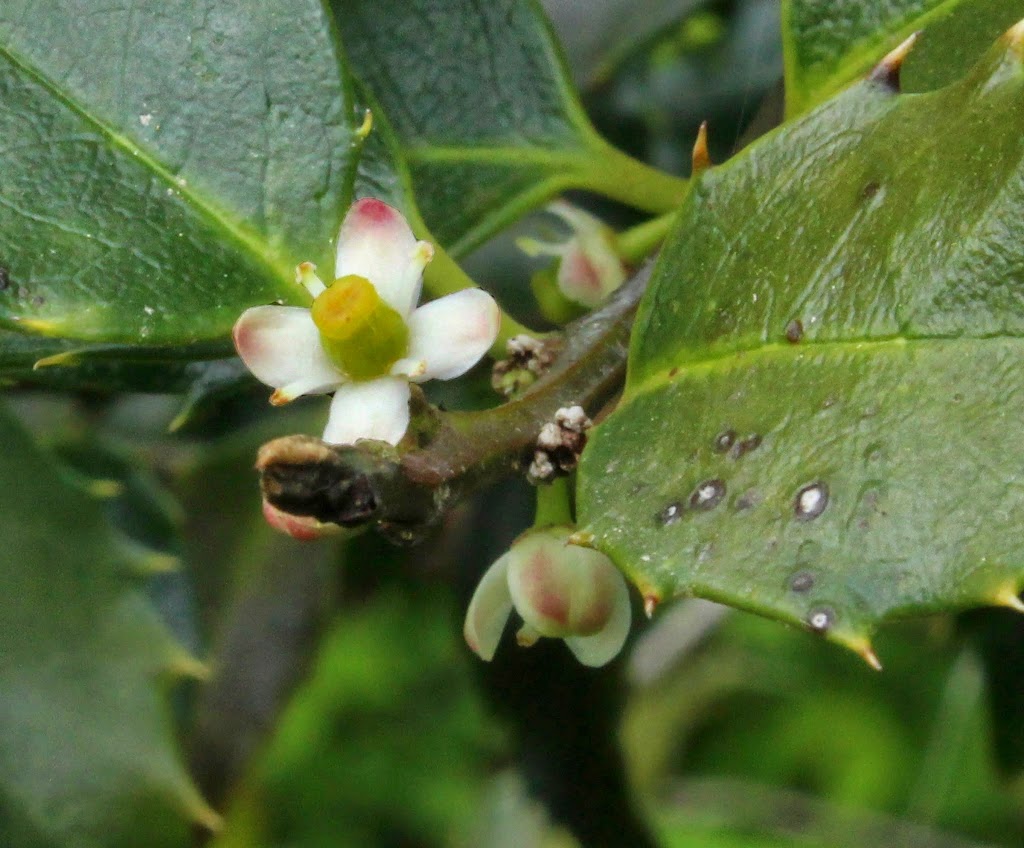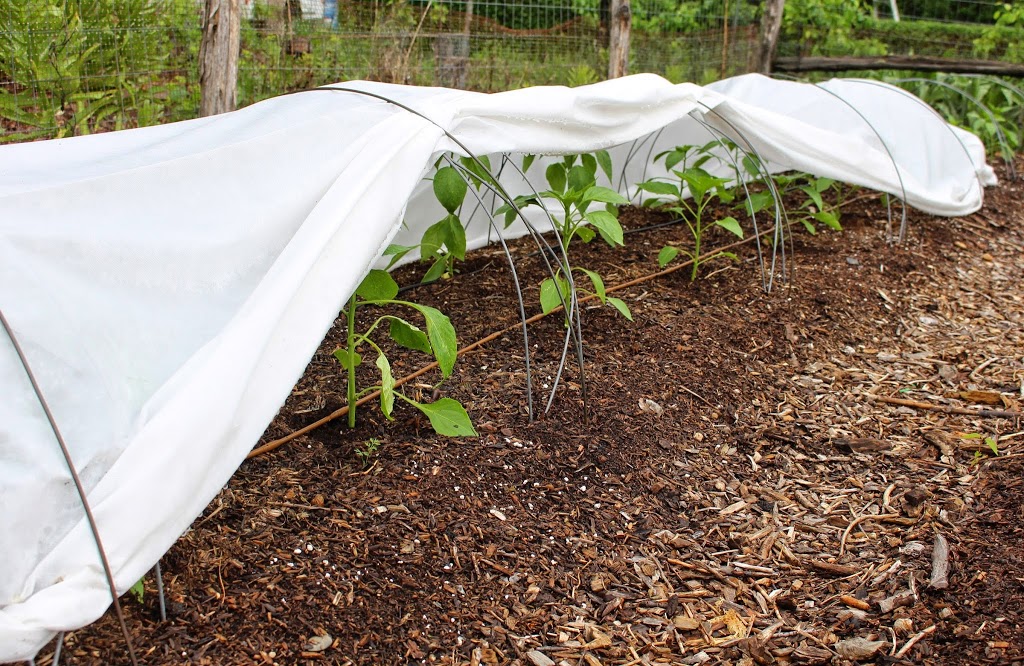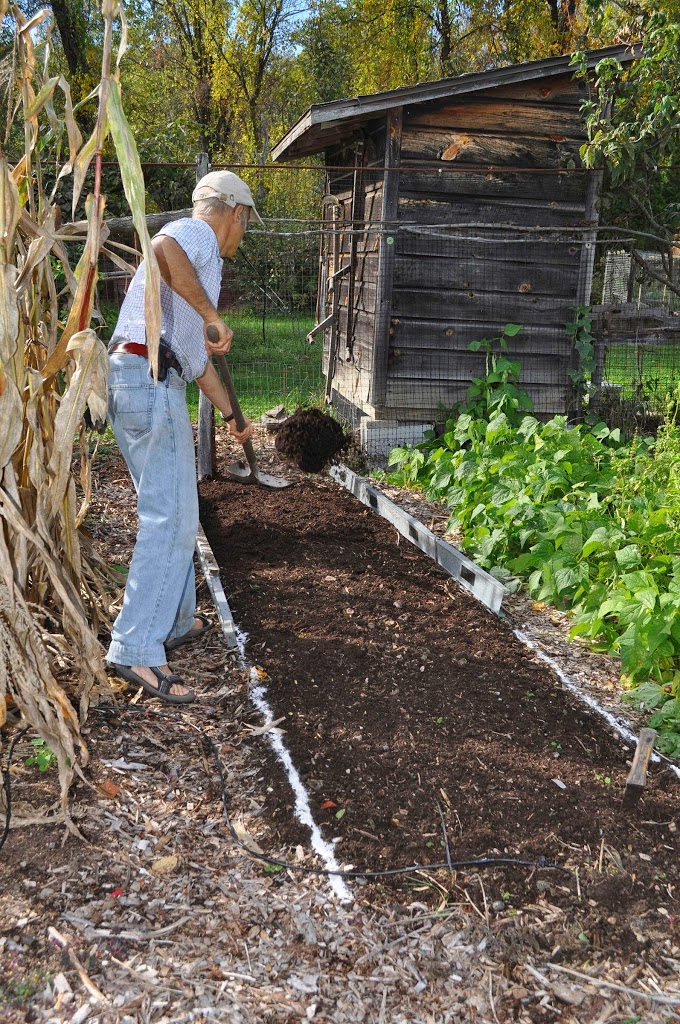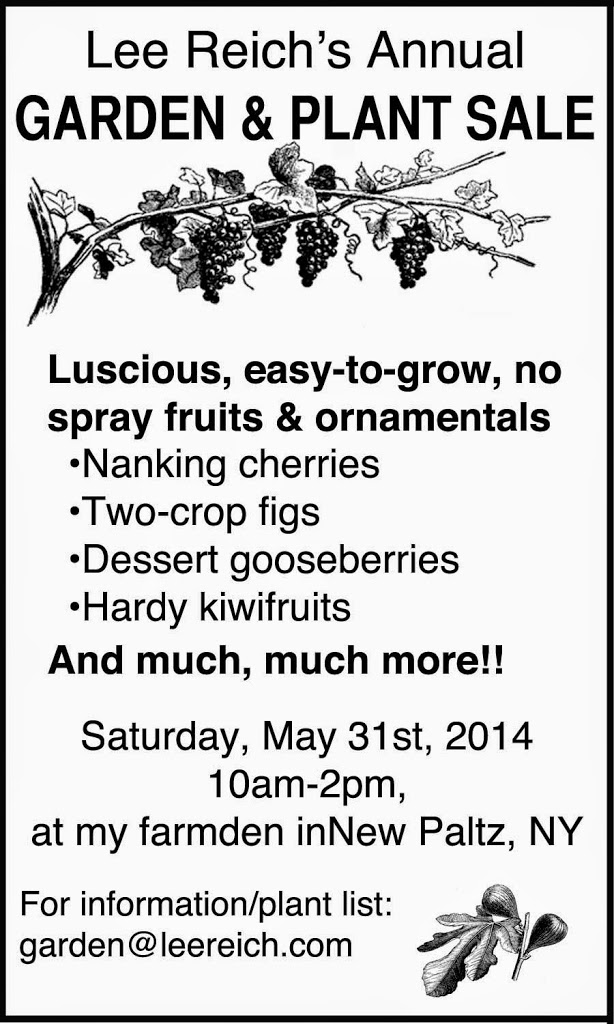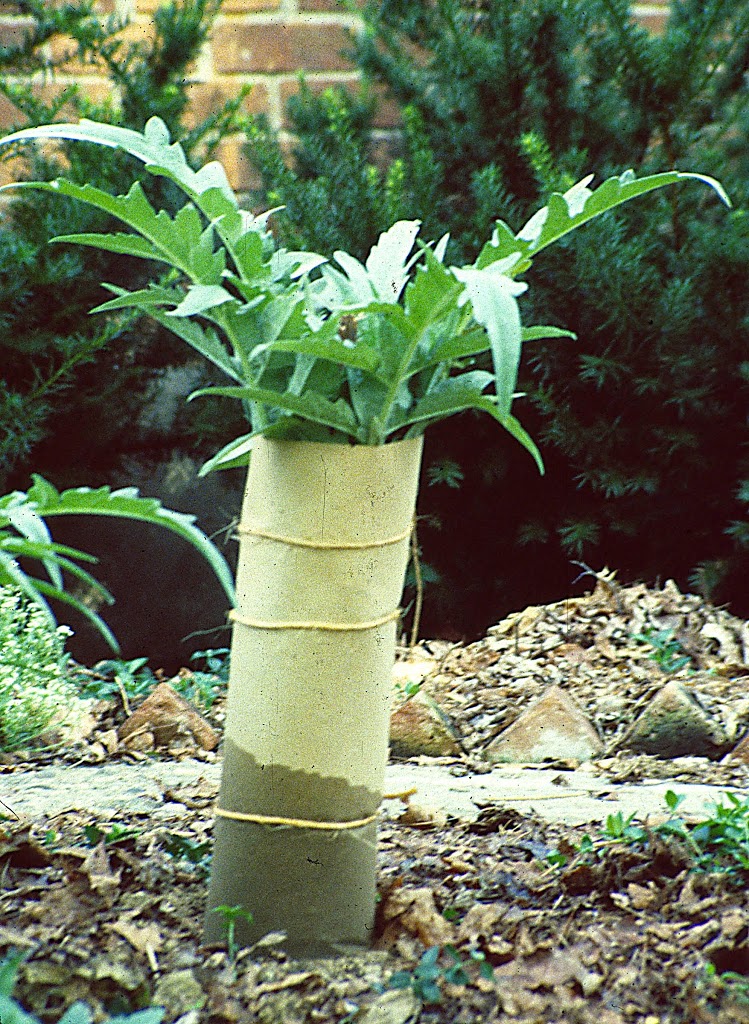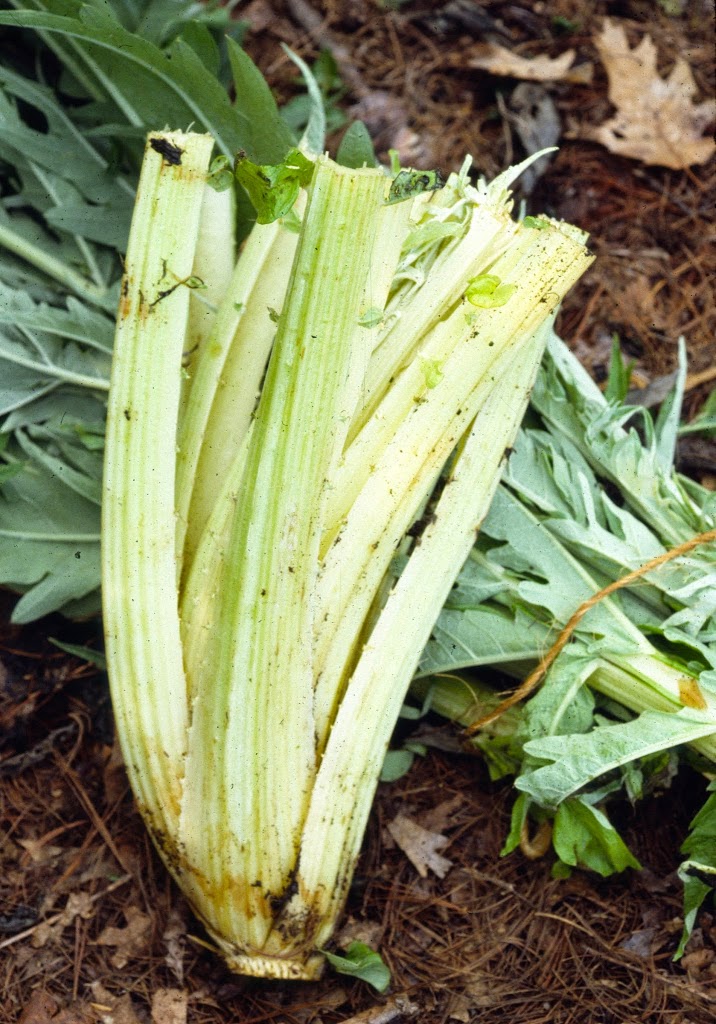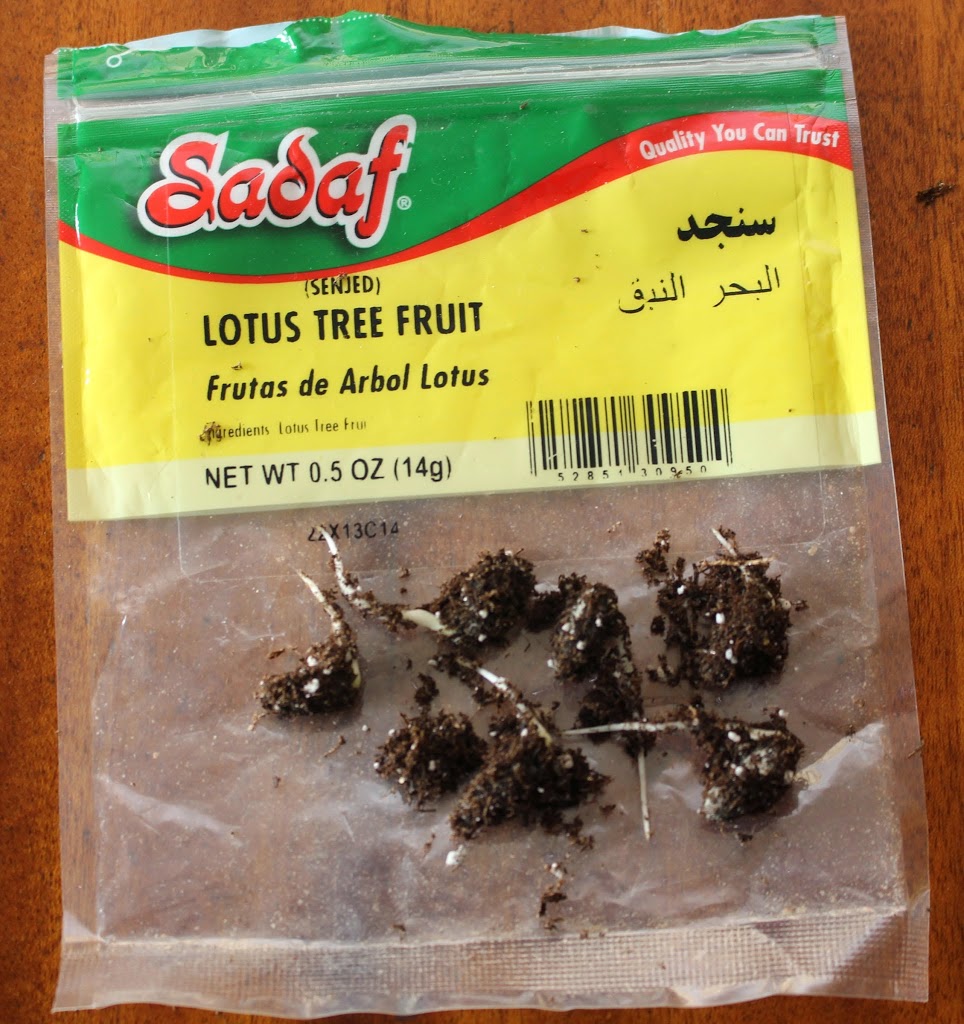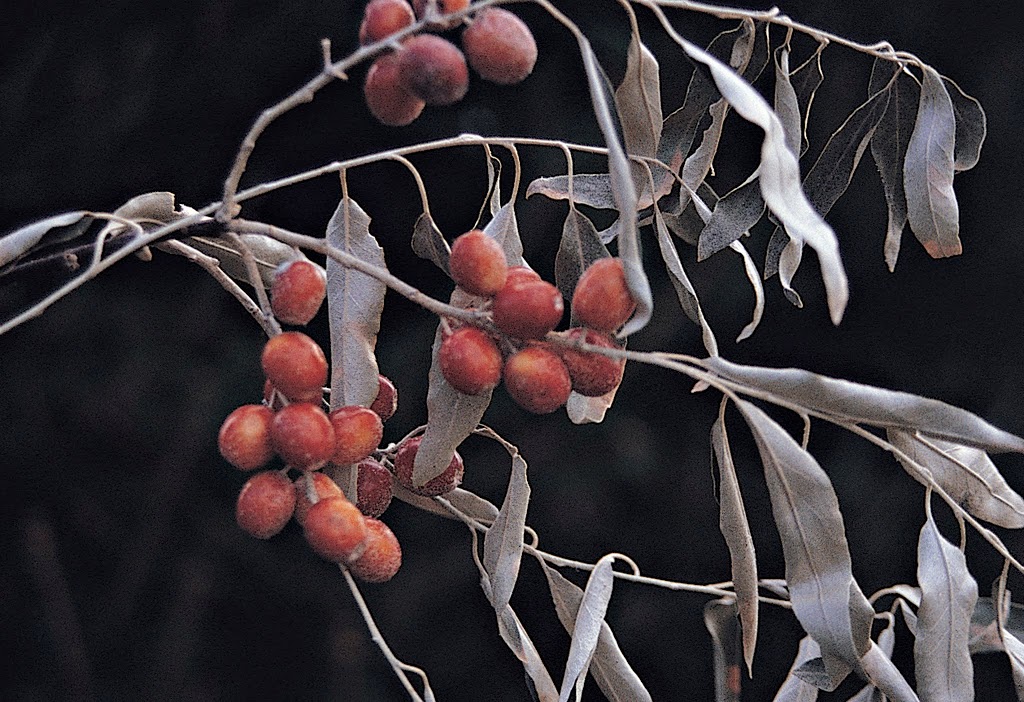Serendipity Strikes!! & Join Me in Seattle
Join me in Seattle on August 10, 2014 for a talk I’ll be giving on “Luscious Landscaping — With Fruiting Trees, Shrubs, and Vines!”. Luscious landscaping is the way to beautify your yard and, at the same time, to put (very) local, healthful, flavorful food on the table. Following the lecture, we will explore the gardens at Magnuson Park. For more information about this event, go to http://leereich.brownpapertickets.com.
Ice Cream for Poppies
I first learned the word “serendipity” when I was in junior high school; it was the clever name of an ice cream shop that my parents had come upon in New York City. I’ve been on the lookout for it ever since: the word, not the shop. And I find it, occasionally, in the garden.
Like yesterday, for instance. Last March I sprinkled corn poppy (Papaver rhoeas) seeds on a flower bed that’s also home to espaliered Asian pears and a plum tree. Looking down at the dust-like seeds in the palm of my hand, it would have been hard to imagine that they could ever amount to anything. Especially since I did nothing more than sprinkle them on top of the ground, the whole packet.
But the seeds did amount to something, to more than just something, to oodles and oodles of two-foot-long stems capped by orangish red blossoms. The color is similar to that of Oriental poppies (P. orientale), but corn poppy flowers are smaller and more delicate, “all silk and flame,” to quote John Ruskin. Not exactly a serendipitous planting because I did, after all, sow the seeds. But I could hardly have predicted the exuberant response.
In amongst other plants, the flowers are held high. At the front edge of the bed, though, the dainty heads flop down on the lawn. Which would be okay, except that it would be a shame to mow those silky blossoms when mowing the lawn at the bed’s edge. Likewise, it would be a shame to let the grass grow unfettered up around and hiding the blossoms. Too messy.
So yesterday I propped the floppy plants up with a fence. Nothing fancy or permanent, just five short bamboo canes pushed into the ground about eight feet apart as posts. The crosspieces, four long bamboo canes each slid along the lawn beneath the flowers, were then lifted and lashed to the short canes a foot above the ground.
Serendipity. Not only are the flowers up off the ground but the bamboo “fence,” simple as it is, greatly improved the appearance of the bed, visually defining it to better highlight the plants.
Tea Crabs into a Tea Hedge, with a Doorway
My most serendipitous planting was many, many years ago, of tea crabapples (Malus hupehensis). I was using these plants for research when I was working for Cornell University. I needed clones, and tea crabapple has the quirk of apomixis, which means that its seeds do not reflect the sexual union of pollen with egg cells; the seeds are formed only from mother tissue so grow into clones of each other and the mother plant.
Starting many tea crabapples from seed left me with extra plants, so I took eight home and planted them in a tight row, with only a couple of feet between plants, along and about five feet from the back edge of my garage/barn. What was I thinking? Tea crabapple can grow 40 feet high and wide!
As the plants grew, I sheared them into a hedge 10 feet high and 4 feet wide. After a few years, I put a rear, sliding door on the back of the garage/barn. Rather than walk out that door into a tree, I cut out one of the crabapples, and sheared a living doorway through the row of remaining trees.
I subsequently planted a privet hedge that runs perpendicular to the north edge of the crabapple hedge. Because the privet hedge is only about 3-feet-high, I decided to meld it with the crabapple hedge by letting it swoop upwards at their meeting. Access was needed through the privet hedge also, so another arch was created, this one higher and wider to let my tractor pass through.
It’s all very playful and, to me, pretty. And it all started with a mindless planting of extra tea crabapples.
Shearing Easily
The height and length of these hedges present maintenance challenges. Years ago, scissoring hedge shears made the work pleasant but very slow. The top of the crab hedge demanded my climbing a ladder and swinging a shearing knife — a dangerous proposition.
Technology has come to the rescue. Nowadays both hedges are kept trim and neat with two tools, both powered by 20 volt lithium batteries. What I can reach gets clipped with a Black & Decker battery powered hedge trimmer. Thanks to my Black & Decker battery powered pole hedge trimmer, the 10-foot-high hedge no longer demands a ladder. The trimmer’s articulating head makes it easy to give the upper sides a 45 degree cut and then, after repositioning the blades at 90 degrees, to make a flat cut along the top of the hedge.
The pole trimmer is especially important for making it convenient to cut high up on a hedge, the part most likely to be neglected especially on tall hedges. Hormones within every plant favor most vigorous growth highest up in the plant. So the top of the hedge, left to its own devices, would naturally overgrow the lower portions, leading to shading and bare branches lower down. Keeping the upper part of the hedge narrower than the bottom counteracts this tendency.

